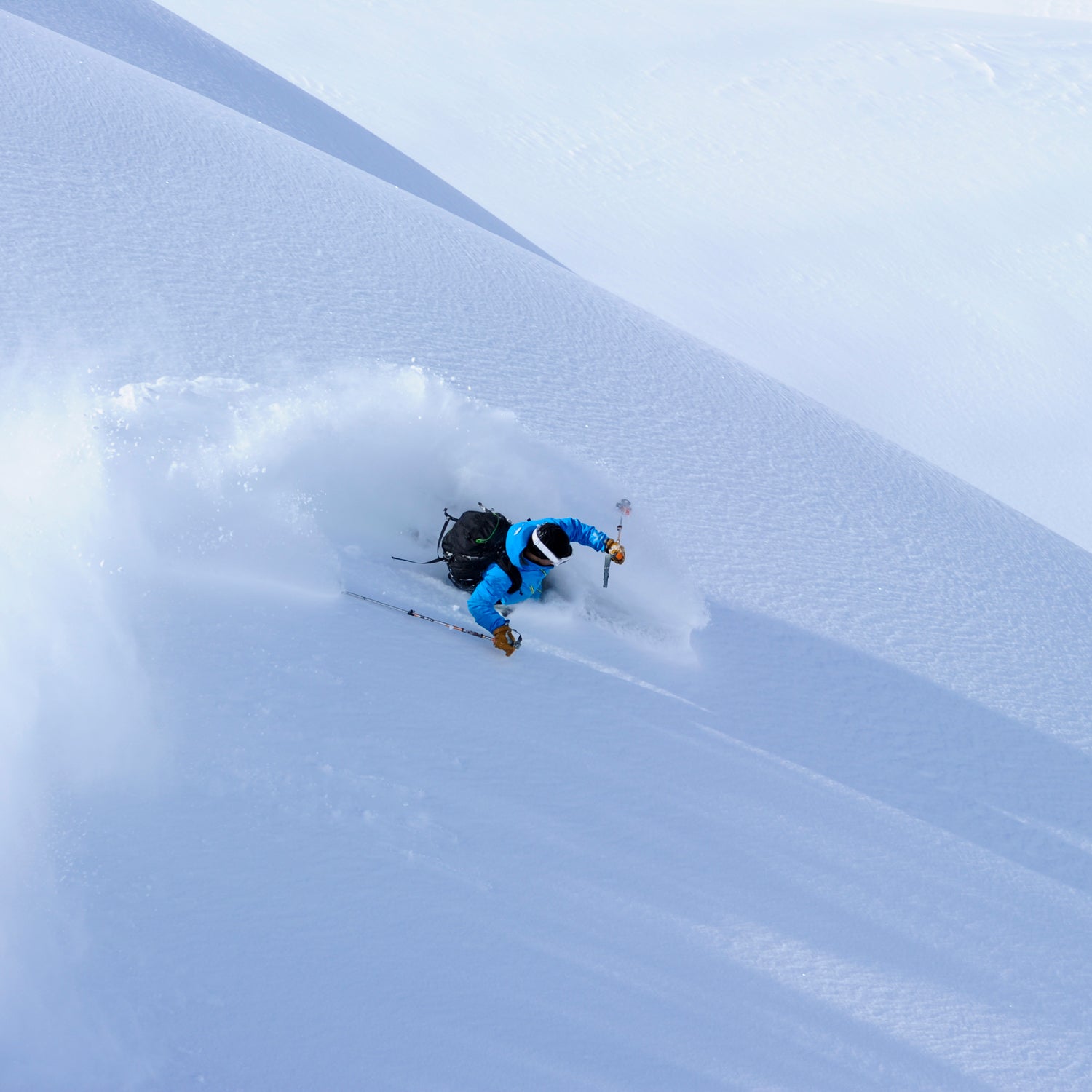In the 1950s, while skiing down the powder-covered slopes of the Yampa Valley in northwestern Colorado, local rancher Joe McElroy made an observation about the snow: it was so light and fluffy that it tickled his nose like champagne. The observation was so apt that decades later, Steamboat Ski Resort would the name “champagne powder” to describe its unusually dry, soft snow.
Many other Colorado ski resorts boast similarly light, fluffy snow, thanks to the state’s especially cold winter temperatures at high elevations. The snow attracts aficionados from across the country, who prefer skimming effortlessly atop powder over the dense, wet snowpack known to blanket parts of the Sierra Nevada in winter, which jokingly deride as Sierra Cement.
As the climate warms, Colorado may see fewer days of this light powder and more of the heavy, moist stuff, according to , a professor of snow hydrology who directs the Center for Water, Earth Science, and Technology at the University of Colorado, Boulder. “One of the first signals that I think we’ll see related to climate change in Colorado is an increase in snowfall density,” Molotch says. “As it gets warmer, that snow will be less fluffy and heavier.”
The reason lies in how snowflakes form, thousands of feet above the ground. Each snowflake begins when water vapor in clouds condenses around particulates—like pollen or dust—creating ice crystals, which begin to grow outward. Because of the unique features of water vapor movement at icy temperatures, vapor will condense only onto the very tips of the crystals, forming six arms, each splitting into many branches—ultimately, a snowflake. True to the cliché, each one is indeed unique.
For the quintessential, picture-book snowflake to form, the temperature must be between minus 8 and 15 degrees Fahrenheit, with a relatively high level of moisture in the air. Different shapes arise at temperatures slightly warmer than 15 degrees but still below freezing: columns, prisms, and needles that don’t look anything like traditional snowflakes. “If one were to cast judgment on the beauty of snowflakes, these would not win the beauty contest,” Molotch says.
When the air is warmer, the movement of water vapor inside clouds will slow down. Instead of condensing onto the outermost tips of ice crystals, water vapor will build all around it, rendering its nascent six-sided structure indistinguishable. Ultimately, this creates thick blobs that often collide with water droplets and other flakes in the air and reach the ground as dense, heavy snow. , a snow scientist at New Jersey’s Rutgers University, calls it “packing snow,” which is great for crushing into snowballs and snowmen but makes for a more arduous skiing experience.
No studies have attempted to document an increase in snow density over time, Molotch says. Gathering that data isn’t something scientists can easily determine from satellites or airplanes and would therefore require a lot of work on a large scale. But based on well-understood physical principles about how snow forms under different temperatures in the atmosphere, it’s likely that Colorado skiers may gradually see less light powder as the climate warms—although, Molotch adds, the state’s snow still has a way to go until it becomes as heavy as snow in the Sierra.
a spokesperson for Steamboat Ski Resort, says they haven’t yet noticed a change in the snow there. Steamboat has always seen heavier, wetter snow early in the season. But a little of that is a ; it helps to build a better base for skiing. And even if there were a change, “different water content in snow doesn’t seem to deter anyone from enjoying snow sports,” Duke says.
While some effects of climate change—like increasingly powerful hurricanes and wildfires—appear abrupt and sudden, some effects will be nuanced and harder to track. Perhaps the late McElroy, the rancher who first coined the term “champagne powder,” would notice a difference if he saw the snow at Steamboat today. But without the data, Molotch says, there’s no way to tell.


